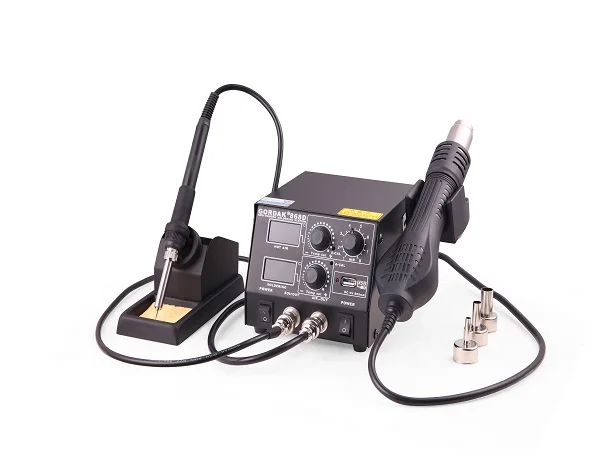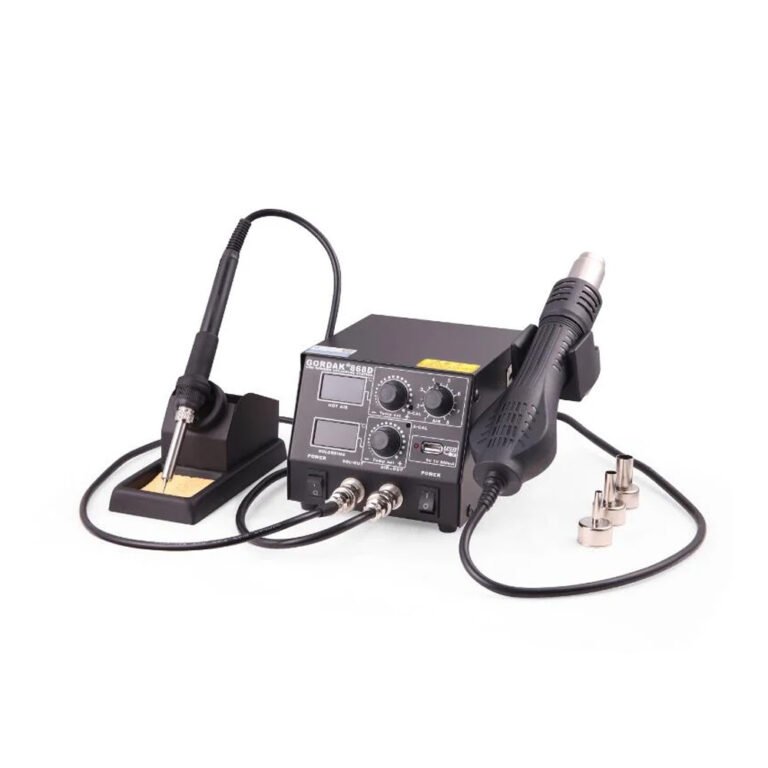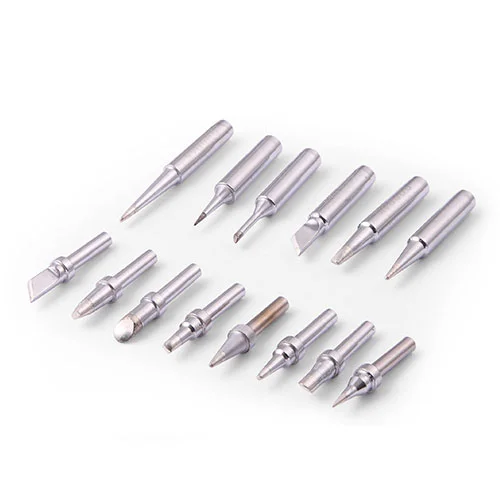A rework station is an essential tool for PCB repair and other electronic tasks, offering precision and control that are crucial for delicate work. However, even experienced technicians can fall into common pitfalls that may lead to suboptimal results or even damage to the components. In this blog, we’ll explore some of the most common mistakes to avoid when using a rework station, helping you maximize your efficiency and ensure the best outcomes.
1. Incorrect Temperature Settings
- Mistake: Setting the temperature too high or too low is one of the most common errors when using a rework station. Excessive heat can damage sensitive components, while insufficient heat may result in poor solder joints or incomplete rework.
- Solution: Always refer to the manufacturer’s guidelines for the appropriate temperature settings for the specific components you’re working with. Start at a lower temperature and gradually increase it as needed to avoid overheating.
2. Poor Airflow Control
- Mistake: Using the wrong airflow setting can lead to uneven heating or displacement of small components. Too much airflow can blow away tiny parts, while too little may not adequately melt the solder.
- Solution: Adjust the airflow based on the task at hand. For small, delicate components, use a lower airflow to maintain control. Practice on scrap boards to get a feel for how different settings affect your work.
3. Insufficient Preheating
- Mistake: Skipping the preheating step or not preheating the PCB properly can lead to thermal stress, causing warping or cracking of the board and components.
- Solution: Always preheat the PCB to a safe temperature before applying direct heat. This step ensures even heat distribution and reduces the risk of thermal shock.

4. Not Using Proper Tools and Accessories
- Mistake: Relying solely on the rework station without the proper tools and accessories, such as soldering tips, tweezers, and magnification, can lead to imprecise work and damaged components.
- Solution: Equip your workstation with the necessary tools and accessories, such as different soldering tips for various tasks, a PCB holder for stability, and a magnifying lamp for precision work.
5. Neglecting ESD Precautions
- Mistake: Failing to implement Electrostatic Discharge (ESD) precautions can result in damage to sensitive electronic components, leading to costly repairs or replacements.
- Solution: Always use ESD-safe tools and wear an ESD wrist strap when working with sensitive electronics. Ensure your workspace is equipped with ESD mats and that all equipment is properly grounded.
6. Overuse of Flux
- Mistake: Applying too much flux can lead to residue buildup on the PCB, which can cause corrosion or short circuits if not properly cleaned.
- Solution: Use flux sparingly and only where necessary. After completing the rework, clean the PCB thoroughly with an appropriate solvent to remove any flux residue.
7. Rushing the Rework Process
- Mistake: Trying to rush through the rework process can lead to mistakes, such as overheating components, applying too much solder, or damaging the PCB.
- Solution: Take your time and work methodically. Patience is key to ensuring precision and avoiding errors. It’s better to complete the task correctly the first time than to risk causing damage that requires additional repair.
8. Improper Solder Application
- Mistake: Applying too much or too little solder can result in weak connections, shorts, or cold solder joints, which can lead to component failure.
- Solution: Practice proper soldering techniques, ensuring you apply just enough solder to create a strong, reliable connection without excess. Using a soldering iron with the correct tip size for the task can help achieve this.
9. Skipping Calibration and Maintenance
- Mistake: Ignoring the calibration and regular maintenance of your rework station can lead to inaccurate temperature settings and reduced performance over time.
- Solution: Regularly calibrate your rework station to ensure temperature accuracy. Perform routine maintenance, such as cleaning the nozzles and replacing worn-out parts, to keep your equipment in top working condition.
10. Not Practicing on Scrap Boards
- Mistake: Jumping straight into reworking a live PCB without sufficient practice can lead to costly mistakes, especially if you’re unfamiliar with the rework station or the specific components you’re working on.
- Solution: Practice on scrap or damaged PCBs before working on valuable components. This allows you to refine your technique, adjust your settings, and gain confidence without the risk of damaging important boards.
Conclusion
Avoiding these common mistakes when using a rework station can greatly enhance your repair work’s success and prevent damage to your valuable components. By taking the time to set up your rework station correctly, using the right tools and techniques, and practicing on scrap boards, you’ll ensure that your rework tasks are performed with precision and care.
Gordak Electric offers a range of rework stations and accessories designed to help you achieve the best results in your electronics repair work. For more tips on using rework stations or to explore our products, contact us at info@gordakelec.com. We’re here to support you in mastering the art of PCB repair.
Rework Stations
A Comprehensive Guide to Choosing the Right Rework Station for Your Workshop
Comparing Different Types of Rework Stations: Hot Air vs. Infrared
Rework Station Vs Soldering Station
Rework Station Vs. Soldering Station: Pros & Cons
Soldering Iron vs. Rework Station vs. Two-in-One: Which Suits Your Workbench?
How to Increase Efficiency in Your Electronics Workshop with a Rework Station
Common Mistakes to Avoid When Using a Rework Station
Soldering Rework Station: A Guide to Choosing the Best One for Your Needs
Soldering Rework Station In Electronics: Everything You Should Know
How to Use a Soldering Rework Station
Soldering Rework Station Maintenance Instructions
Know These Before Choosing a Soldering Rework Station
Factors To Consider Before Purchasing From Soldering Rework Station Manufacturer



